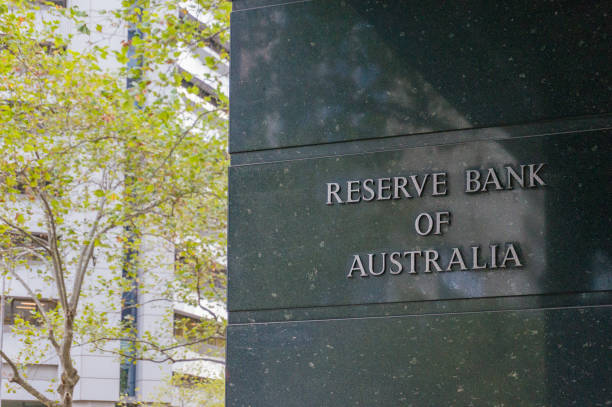
Rate rise number eight could cause ‘sticker shock’ for mortgage holders
Today the RBA increased the cash rate a further 25 basis points to 3.10%, marking the largest rate tightening cycle since the early 2000s at 300 basis points.
A cash rate of 3.1% is the highest target adopted in 10 years. The increase follows signalling from the RBA it is committed to tackling the “scourge” of inflation, which has been shown to create lasting, detrimental effects on unemployment if not addressed with a strong monetary policy response.
There are early signs of a slight shift in the Australian economy, with further slowdowns expected as monetary policy permeates spending decisions. Though modest, retail sales declined through October (the first monthly decline in 2022), falling -0.2%. Commodity prices have continued to ease, as have supply chain pressures. New dwelling approvals continued to trend lower over October, and although rental markets remain very tight, the rate of growth in rental values has started to ease slightly in some markets. Quarterly growth in capital city rents peaked at 3.1% in July, and has since eased to 2.5% in the three months to November.
However, there are still some indicators it is too early for a pause in the rate tightening cycle. The September quarter ABS business indicators data, released this week, reflected a 2.9% increase in wages and salaries, a growth rate not seen since 2007. In October, labour force data showed continued growth in the number of people employed, and the unemployment rate fell 0.1 percentage points to 3.4%.
The impact of recent rate rises on housing is flowing through to lower volumes of new mortgage finance secured. From May through to October of this year, the monthly value of secured finance declined -17.9%. Annual sales volumes have trended -13.3% lower compared to this time last year. Consumer sentiment through November also dropped a notable -6.9%.
A lift in the cash rate of 300 basis points is noteworthy, because of the 300 basis point buffer on home loan serviceability assessment introduced by APRA in October last year. New variable home loan rates for owner occupiers increased from a low of 2.41% in April 2022, to 4.58% in October. Assuming the November and December increases to the cash rate are passed on in full, this could take average new variable rates to 5.08%. For those rolling off of low fixed-term rates, an average variable rate of 5.08% may create a ‘sticker shock’, noting average fixed-term rates of three years or less bottomed out at 1.95% for owner occupiers.
At 3.1%, the cash rate has now entered the lower bound of major bank forecasts for a peak in the cash rate, with forecasts made in October ranging from 3.1% to 3.85%. The higher rate environment will test housing market conditions in 2023, when the majority of outstanding fixed-term mortgages are expected to expire.
Source: https://www.corelogic.com.au/news-research/news/2022/rate-rise-number-eight-could-cause-sticker-shock-for-mortgage-holders?utm_medium=email&utm_source=newsletter&utm_campaign=20221206_propertypulse




